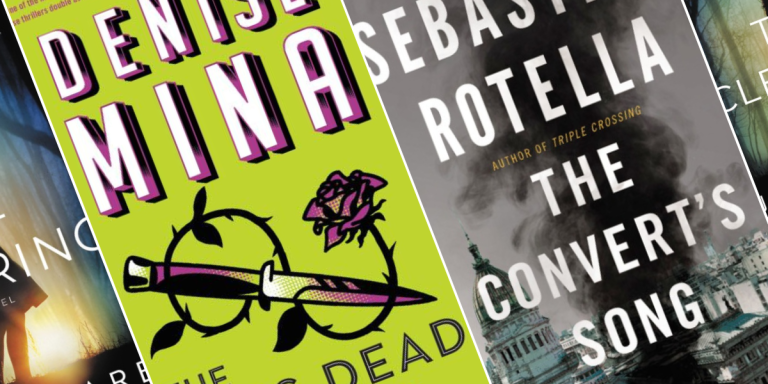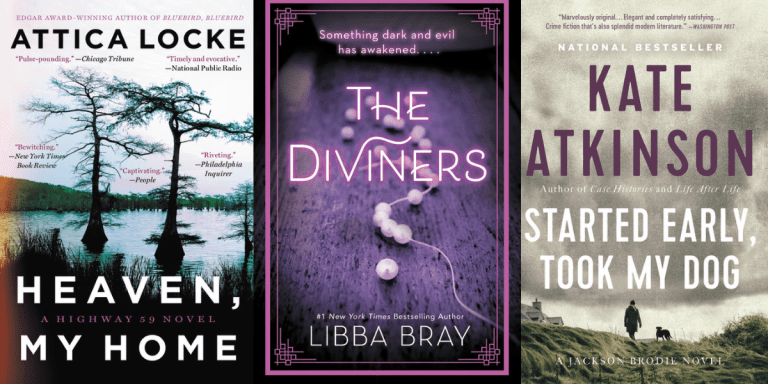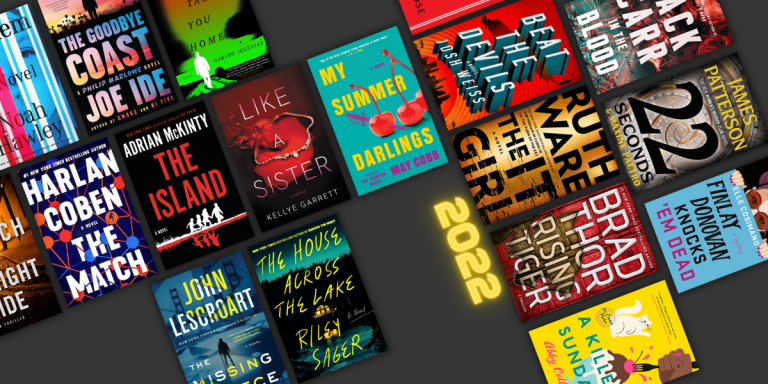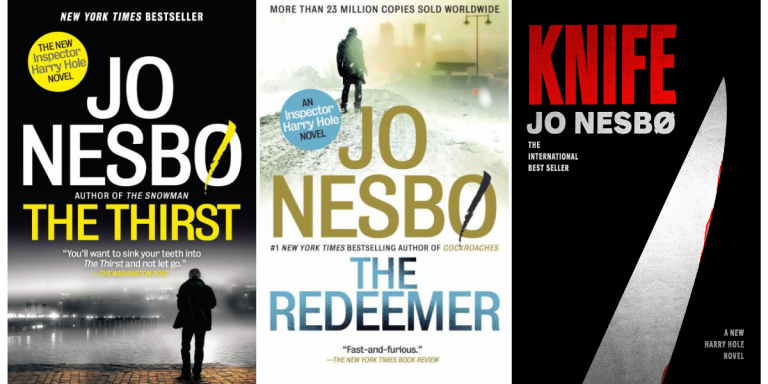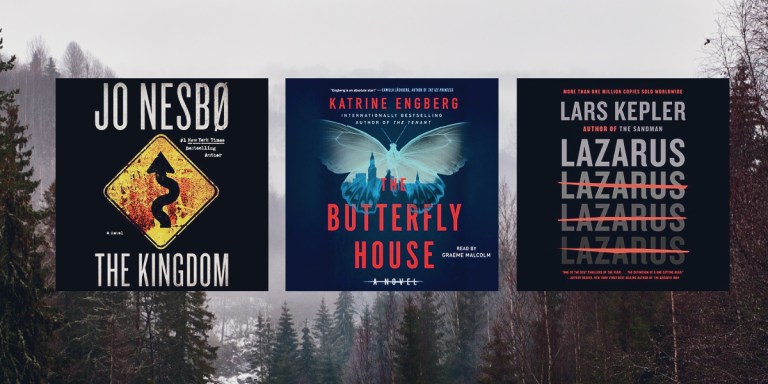Why We’ll Always Love Nordic Noir
 The dark nights. The chilling temperatures. The backdrop of stark white snow. For many reasons, Scandinavia has become one of the primary settings for dark crime fiction and thriller books. Nordic noir, also known as Scandinavian noir, is a genre that’s grown increasingly popular over the last few decades.
The dark nights. The chilling temperatures. The backdrop of stark white snow. For many reasons, Scandinavia has become one of the primary settings for dark crime fiction and thriller books. Nordic noir, also known as Scandinavian noir, is a genre that’s grown increasingly popular over the last few decades.
Here’s a brief history of Scandinavian and Nordic mysteries & thrillers and their popularity.
While the direct origins of Nordic noir are not agreed upon, the Martin Beck detective series, written by Maj Sjöwall and Per Wahlöö, is considered by many to be one of the first examples of the genre. The series was published between 1965 and 1975, and it follows the stories of detectives from the special homicide commission of the Swedish national police, with detective Martin Beck as the main protagonist. Sjöwall and Wahlöö’s novels took Scandinavian thrillers into a new and exciting direction. The storylines were darker than previous crime novels, with a strong focus on social issues and critiques of Swedish society.
While the Martin Beck series was popular, Nordic noir as a genre wouldn’t really take off until the 1990s. In 1997, Henning Mankell, who is sometimes referred to as the father of Nordic noir, wrote the first novel following detective Kurt Wallander, entitled Mördare utan ansikte, or Faceless Killers. In the ’90s, there was also Karin Fossum, often called the “Norwegian queen of crime,” who wrote the Inspector Sejer series, starting with Eva’s Eye in 1995. These novels were incredibly atmospheric, focused on brutal crimes, and also included the social commentary of their Nordic noir predecessors.
The genre increased in popularity through the 2000s, with novels like Stieg Larsson’s Millennium trilogy becoming international bestsellers. But it wasn’t until the 2010s that Nordic Noir was officially given its name. “Nordic noir” was a term originally coined by the Scandinavian Department at the University College of London. Journalists and literature critics embraced the term, and Nordic noir soon became recognized as a significant sub-genre of thrillers and crime fiction.
But what officially classifies something as Nordic noir, aside from its setting? According to The Verge, Nordic noir is a genre defined by “emotional chilliness and overarching sense of despair, expressed via brutal murder-mystery plots, often set in cold, dark countries like Sweden, Norway, Iceland, Denmark, and Finland.” In Kim Toft Hansen and Anne Marit Waade’s Locating Nordic Noir, the authors point out that the genre is also defined by its dark aesthetic, its brooding protagonists, its slow-burn pacing, and the multi-layered storylines, often exploring multiple crimes at once (not necessarily all murder mysteries). Social commentary also remains an important part of the Nordic noir story. Novels like Larsson’s The Girl with the Dragon Tattoo deal with misogyny, and Mankell’s Faceless Killers examines Sweden’s immigrant population. So while there are some who argue the status of Nordic noir, the merits of its long-standing history and idiosyncratic style make it stand out in the crime fiction landscape. In other words, it may be commercial to some but to others, it’s poignant and classic.
Nordic noir has only increased in popularity throughout the 2010s and into the 2020s. Lars Kepler’s Joona Linna series, which follows Swedish detective Joona Linna, has sold 15 million copies in 40 languages.
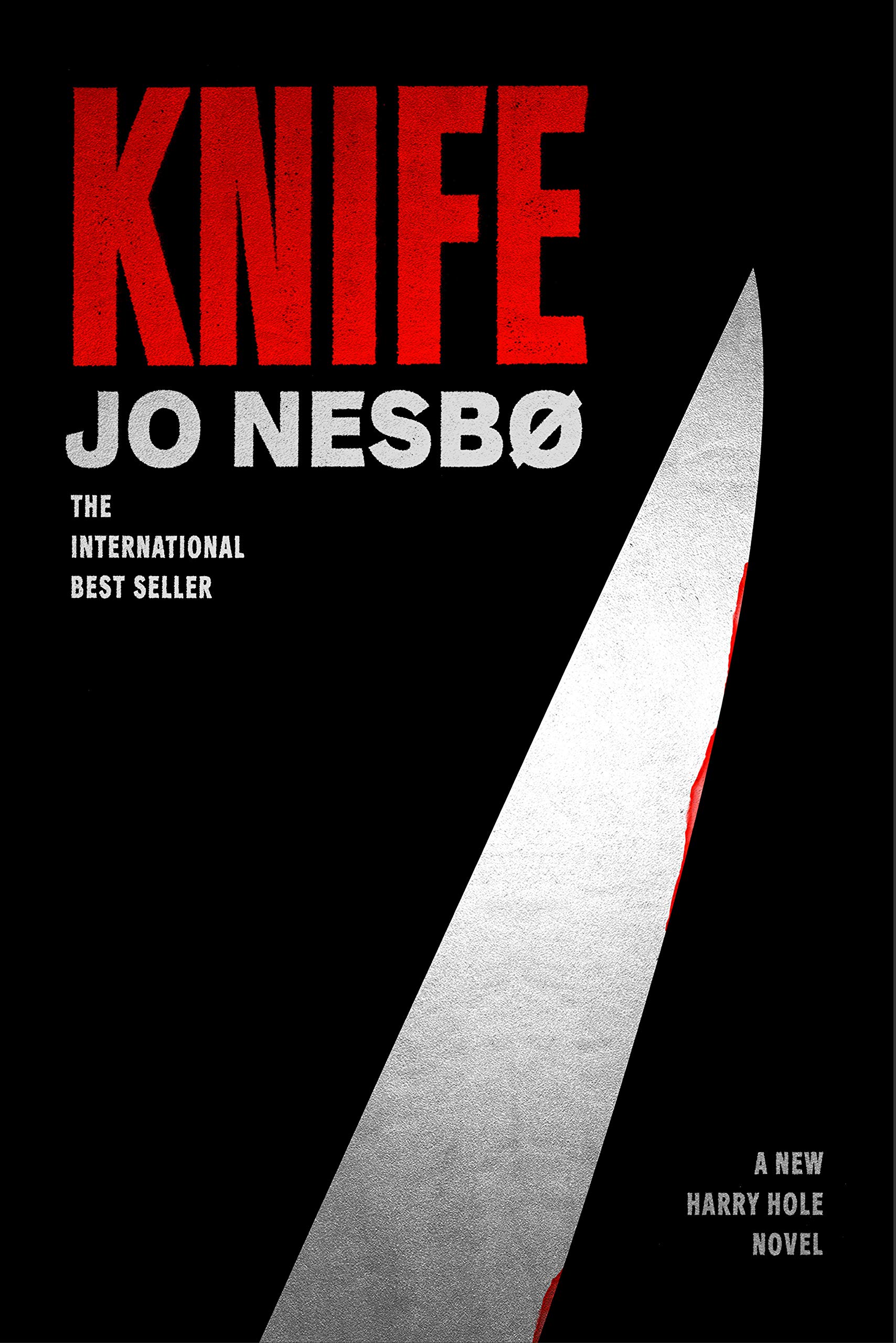 Norwegian author Jo Nesbø has written twelve best-selling novels following the tough and often unorthodox detective Harry Hole. In 2017, Nesbø’s novel The Snowman was adapted into a film starring Michael Fassbender. And in 2019, the author released his most recent Harry Hole novel, Knife.
Norwegian author Jo Nesbø has written twelve best-selling novels following the tough and often unorthodox detective Harry Hole. In 2017, Nesbø’s novel The Snowman was adapted into a film starring Michael Fassbender. And in 2019, the author released his most recent Harry Hole novel, Knife.
In the 2020s, the hunger for dark and atmospheric Nordic noir stories does not seem to be dying down, and in 2022, you can expect a lot more new Scandinavian thriller books. Gustaf Skördeman’s novel Geiger is coming out on May 10, 2022. This debut thriller is set in Stockholm and follows police officer Sara Nowak. In the early summer, Agneta Broman receives a phone call in which the caller says only one word, “Geiger,” and then hangs up. Immediately following the call, Agneta grabs her gun, kills her husband of 50 years, and disappears without a trace. Sara, having grown up next to the Bromans, is devastated by the murder, and going against all regulations, involves herself in the case, determined to find out what happened. Geiger is an edge-of-your-seat story that Nordic noir fans will love.
By clicking 'Sign Up,' I acknowledge that I have read and agree to Hachette Book Group’s Privacy Policy and Terms of Use

